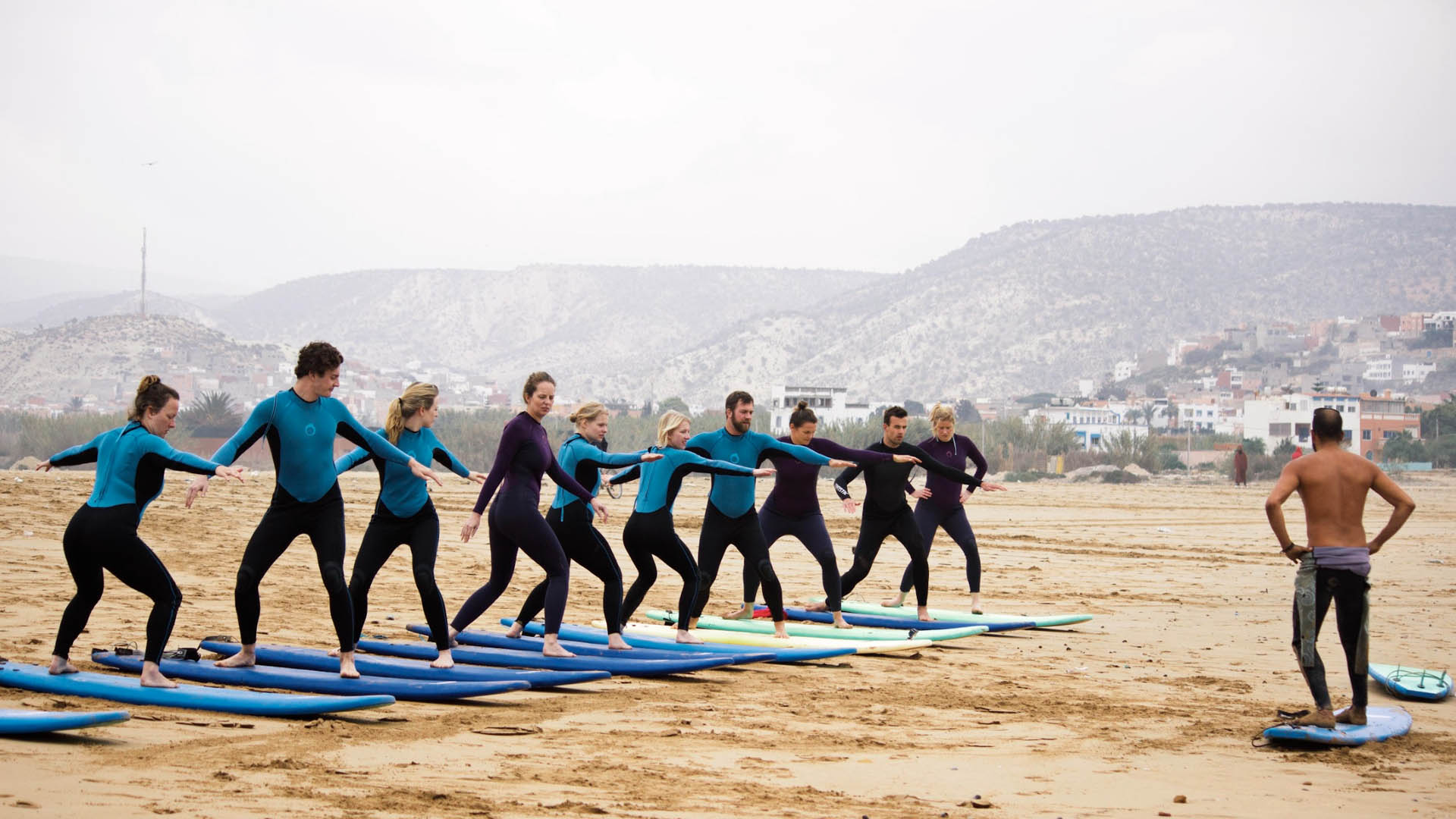
Home » How to Surf Like a Pro – Surfing Tips and Techniques
How to Surf Like a Pro – Surfing Tips and Techniques
How to Surf – Surfing is an exhilarating sport that allows you to ride the waves and connect with the ocean in a unique way. However, mastering the art of surfing requires more than just grabbing a board and heading into the water. In this guide, we’ll walk you through the basics of surfing, from choosing the right surfboard to understanding the ocean’s dynamics.
One of the first things you need to do before hitting the waves is choosing the right surfboard. The size and shape of the board play a crucial role in your surfing experience. Beginners often start with longboards, as they offer stability and ease of paddling. As you progress, you can experiment with different board types, such as shortboards and funboards, to suit your style and skill level.
Paddling Techniques
Efficient paddling is essential for catching waves and maintaining stability on your board. To paddle effectively, lie on your board with your arms extended, and use your hands to cup the water and propel yourself forward. Keep your body in a streamlined position to reduce drag and conserve energy. Regular paddling practice will improve your speed and stamina in the water.
Catching Waves
Timing is everything when it comes to catching waves. Watch the ocean and observe the wave patterns to anticipate the best time to paddle and catch a wave. As a beginner, start with small, rolling waves that are easy to catch. Focus on positioning yourself correctly and paddling with determination to ride the wave smoothly.
Popping Up and Riding the Wave
Once you catch a wave, it’s time to pop up and ride it to the shore. To pop up, push yourself up with your arms while bringing your back foot forward and placing it between your hands. Your front foot should land between the center and front of the board. Practice popping up on land to build muscle memory and improve your timing in the water.
Safety First: Surfing Etiquette and Ocean Awareness
Safety is paramount in surfing. Before you hit the waves, familiarize yourself with surfing etiquette and ocean awareness. Respect other surfers in the water by following the “right of way” rules and giving space to those already riding a wave. Be mindful of other beachgoers and swimmers, and never surf in areas with strong currents or dangerous conditions.
Learning from the Experts
Taking surf lessons from experienced instructors can significantly accelerate your progress and help you avoid common mistakes. They will provide valuable tips on technique, safety, and ocean awareness. Joining a surf school or a surf camp is an excellent way to immerse yourself in the surfing community and learn from the best.
Building Your Surfing Confidence
Like any skill, surfing requires practice and perseverance. Don’t be discouraged by falls or wipeouts; they are a natural part of the learning process. Keep pushing yourself, and with time and dedication, you’ll build your surfing confidence and ride the waves with ease.
Embracing the Surfing Lifestyle
Surfing is not just a sport; it’s a lifestyle that connects you with nature and like-minded individuals. Embrace the surfing culture, immerse yourself in beach communities, and enjoy the freedom that comes with riding the waves. From dawn patrol sessions to sunset surf sessions, each moment spent on the water is an opportunity to connect with the ocean and find serenity.
Conclusion
Learning how to surf may seem challenging at first, but with the right guidance and determination, you can ride the waves with confidence and experience the thrill of catching that perfect wave. Embrace the surfing lifestyle, respect the ocean, and remember that every wave is an opportunity to grow and improve your skills. So, grab your board, head to the beach, and let the adventure begin!



